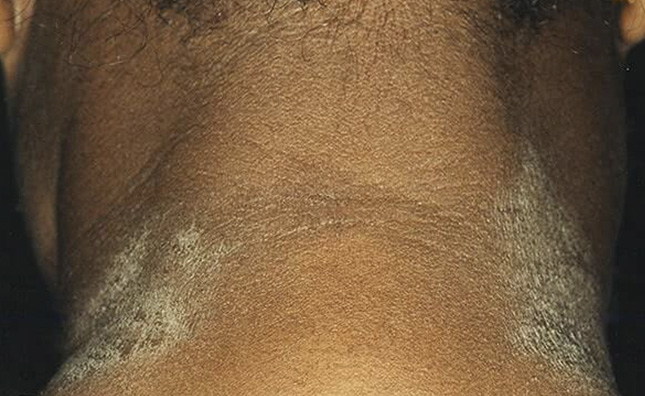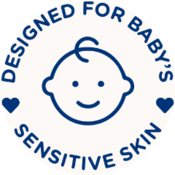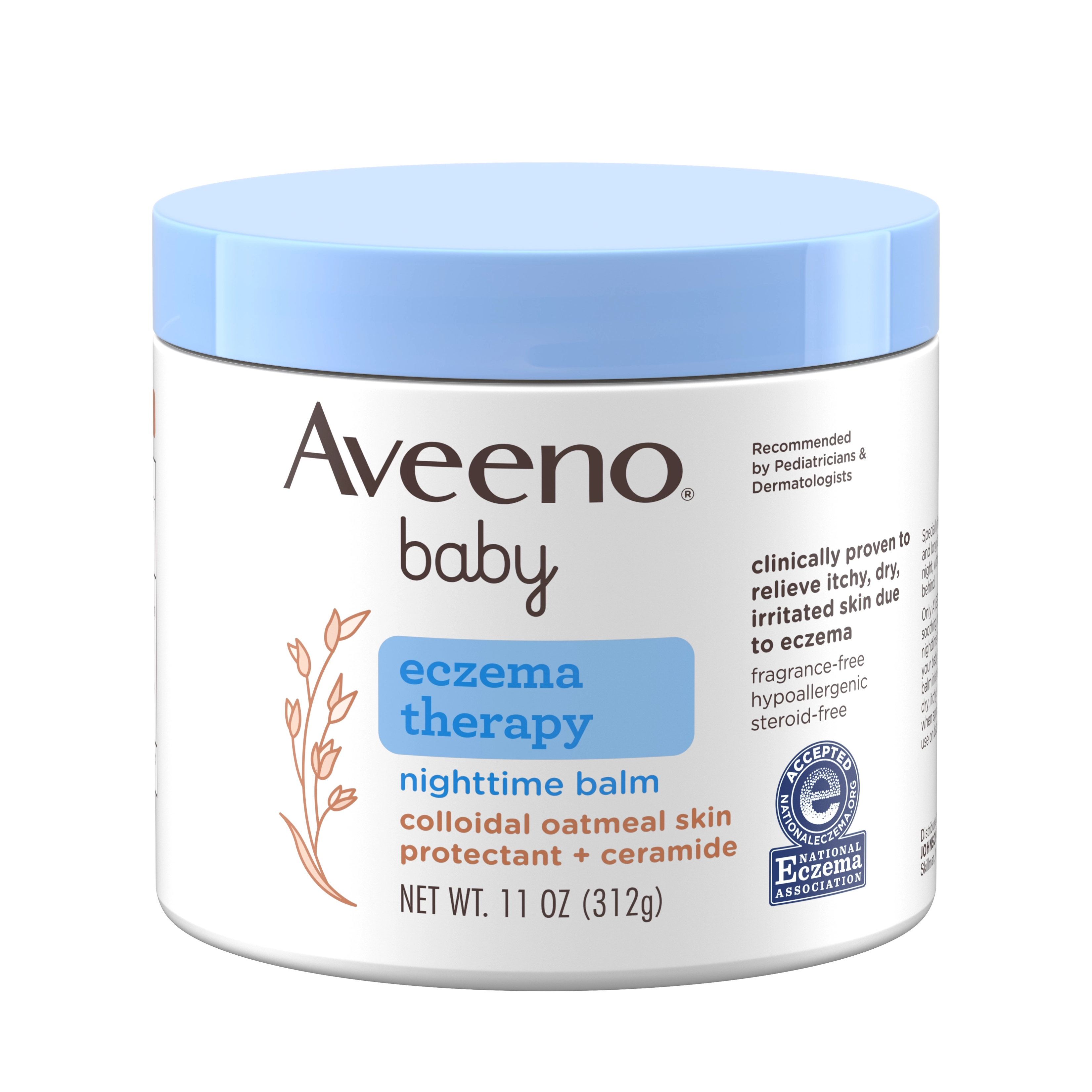BABY ECZEMA LOOKS DIFFERENT ON EVERY SKIN TONE

EVERY BABY DESERVES TO BE COMFORTABLE IN THEIR OWN SKIN
Black children are 1.7x more likely to develop eczema than white children. But when parents searched for images of baby eczema, the results were almost all Caucasian skin tones. Aveeno Baby took action to create eczema representation on every baby’s skin.

BEHIND THE SCENES OF ECZEMA EQUALITY
Your baby deserves representation—whether Black, Brown, Asian or anything in between. Check out how the Aveeno Baby Eczema Equality initiative came to life.
LEARN MORE ABOUT BABY ECZEMA
At Aveeno Baby, we know eczema can look completely different on every skin tone. So, we created a resource that empowers parents of color to further their eczema education, talk to their pediatricians, and get the nourishing care their babies deserve.

WHAT IS ECZEMA?
A skin condition that usually appears as an itchy, red patch on the hands, feet, backs of elbows and around knees, ankles and wrists.

BABY ECZEMA ON SKIN OF COLOR
Redness can be a challenge to detect on darker skin tones, making diagnosis more difficult. Patches may appear darker than the rest of the skin, looking purple, ashen grey, or dark brown.

SKIN DISCOLORATION FOR BABIES
A major concern for non-white eczema is the discoloration of skin that can last for months, even after the eczema is treated. It’s important to diagnose and treat eczema early and aggressively.

STOP THE SCRATCH
To prevent your baby from scratching, keep their nails clipped or put on cotton mittens while they sleep.

COMMON ECZEMA TRIGGERS FOR BABIES
Extreme temperatures
Irritants like soaps and detergents
Allergens such as dust mites, mold, and pet dander

LIFE WITH ECZEMA
Nearly 25% of children have eczema, and about half of children outgrow it. Soothing skin regimens can help break the cycle of dry skin.

BABY BATH TIME TIPS
Short daily baths with a mild cleanser can help reduce flare ups and soothe your baby’s skin. Gently pat skin dry — don't rub.

EDUCATION GAP
Physicians have been primarily trained to diagnose eczema on white skin. In fact, less than 5 percent of the images in general medicine textbooks showed conditions on darker skin.

BLACK ECZEMA
Black children are 30% less likely to see a doctor for their eczema than white children, and those who see a doctor have more visits and prescriptions than white children.

MOISTURIZING TIP
Apply moisturizer to your baby's damp skin within 3 minutes after their bath.

ECZEMA ON FACE
Discovered eczema on your baby’s face? Fear not. It typically appears on the forehead and cheeks.

UNDERDIAGNOSED
Eczema in Black babies the second most frequent skin disease to affect African Americans, but experts believe it may be underdiagnosed.
TREATMENT RESOURCES FOR ECZEMA
SOOTHE AND PROTECT WITH THE #1 ECZEMA BRAND
Aveeno Baby® Eczema Therapy products are formulated with colloidal oatmeal—the only skin protectant ingredient FDA-approved for the treatment of eczema. It’s relief for dry, itchy, irritated skin. And the answer for a happier baby.




